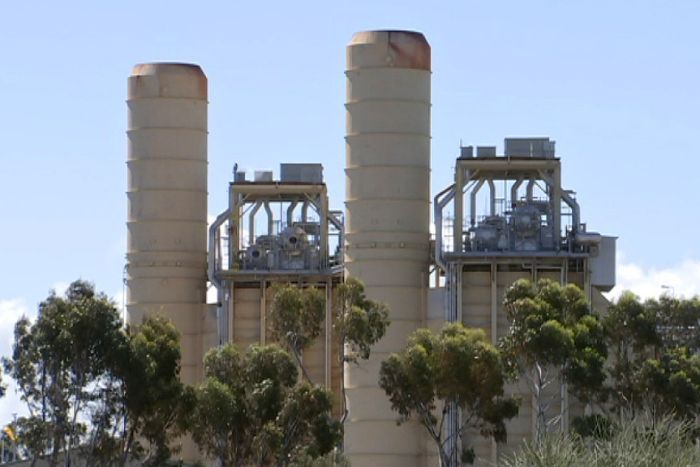In the rolling heatwave summer of 2017/2018 South Australia suffered large-scale blackouts as a result of “load shedding”, hot and bothered demand simply outstripped supply.
As part of the “projected assessment of system adequacy” (PASA) obligations in the NER, generators are required to provide AEMO with details of available physical plant capability for particular periods, including whether said capability can be made available on 24 hours’ notice.
The AER alleges that in the months leading up to the blackout in question, Pelican Point, a natural gas-fired power plant, failed to provide AEMO with accurate information about its capacity or the availability of its generators. “The AER alleges that Pelican Point did not disclose to AEMO that one of the generators at its Pelican Point Power Station was capable of being made available on 24 hours’ notice,” said AER Chair Paula Conboy.
“We allege that until late in the afternoon of 8 February 2017, AEMO was unaware it had the ability to issue a direction to Pelican Point to make the full capacity of Pelican Point power station available,” continued Conboy, “as a result, AEMO’s ability to manage power system security was impaired.”
As a result of this alleged failure to provide AEMO with its accurate generator capacities in the blackout period, the AER is seeking declarations, penalties and costs from Pelican Point Power Limited, which is owned jointly by Engie and Mitsui & Co.
“Engie rejects these allegations and will defend the claims,” said an Engie spokesman in a statement emailed to various media. But the company will not be making further comment while the matter is subject to legal proceedings.
Pelican Point consists of two separate generators which together combine for a capacity of 479 MW. In 2015 one of these generators was mothballed and AEMO ordered the generator back into operation after the Feb 2017 blackout to shore up the system. This was a decision that led then South Australian Treasurer and Energy Minister Tom Kautsantonis to accuse AEMO of negligence for not switching the generator on in the first place instead of resorting to “load shedding”.
Of course, the crux of AER’s allegation is that the AEMO was not aware Pelican Point’s second generator was a readily available option. Whether AEMO is simply out to clear its name or Pelican Point is guilty of failing to comply with NER is now up to the courts to decide.
As South Australia’s energy sources continue to diversify and with another summer looming Conboy stressed the importance of generators providing AEMO with “timely and accurate information about their capability to ensure that AEMO can manage system security and keep the lights on for Australian consumers and businesses.”
This content is protected by copyright and may not be reused. If you want to cooperate with us and would like to reuse some of our content, please contact: editors@pv-magazine.com.









By submitting this form you agree to pv magazine using your data for the purposes of publishing your comment.
Your personal data will only be disclosed or otherwise transmitted to third parties for the purposes of spam filtering or if this is necessary for technical maintenance of the website. Any other transfer to third parties will not take place unless this is justified on the basis of applicable data protection regulations or if pv magazine is legally obliged to do so.
You may revoke this consent at any time with effect for the future, in which case your personal data will be deleted immediately. Otherwise, your data will be deleted if pv magazine has processed your request or the purpose of data storage is fulfilled.
Further information on data privacy can be found in our Data Protection Policy.